Benchmarks
I measured a few titles from my gaming lineup with built-in benchmarks, as well as the usual synthetic benchmarks. Since the values are quite unspectacular, because they “merely” correspond mostly to the stock values, I have dispensed with bar charts. On top of that, the 3600 Ryzen is already limiting in QHD. Nevertheless, it is worth taking a look at the results. Games that tend to generate little load such as Watch Dogs, SotTR or FH4 benefit from the setting especially in QHD and we have more performance with 40 watts less power consumption.
In UHD, the performance is then almost the same. For the fact that we are running a card in adverse conditions here, which carries 16 GB of memory and is UHD capable without any problems, these are more than satisfactory values. The card now whispers quietly and quickly through the parkour with around 190 watts. With SAM ON, there would be a bit more in it, so we’ll wait for the BIOS update.
First, let’s look at the card in its factory state:
With undervolting it doesn’t look much worse, the differences in performance are really only marginal and subjectively not noticeable
Conclusion
The Radeon RX 6800 is currently one of the most efficient cards on the market in terms of performance per watt. With a little fine tuning like in my example, the performance can be increased a little further, the waste heat can be significantly reduced (and thus the noise level) and a further whopping 20%! Save on energy. With now partly clearly under 200 watts for the card, this is a real powerhouse, especially since the card has to supply 16 GB of memory after all. What’s really amazing is how well the angled fins and directed exhaust airflow work, as that benefits me massively in my HTPC.
The card actually handles almost all titles easily the 60 FPS in UHD, more my panel can not display anyway and since Freesync is on board with Samsung TVs, I can choose to synchronize in QHD to 120 Hz or in UHD from 45 to 60 Hz. New blockbusters, like Watch Dogs Legion, also run that way without issue, albeit with a slight adjustment or two. However, this setting’s strength is mainly seen in FHD and QHD, since very high clock rates are partly achieved with only 165 watts of ASIC power. This, in turn, is almost a gift, fitting for Greta’s 18th birthday.














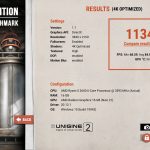
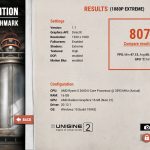
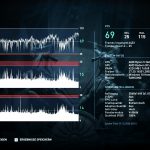
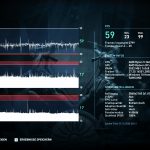

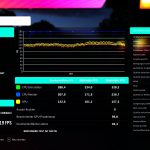
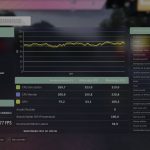


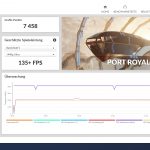
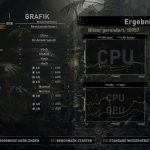
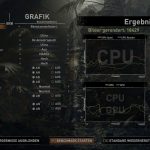
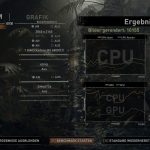
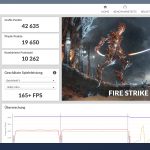
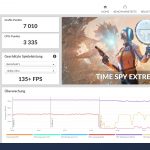
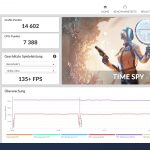
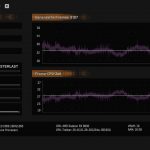
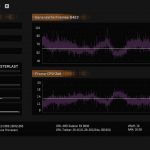
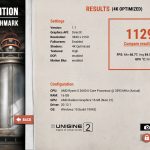
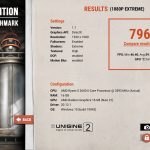
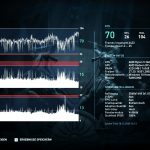
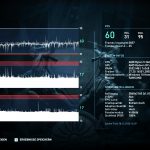

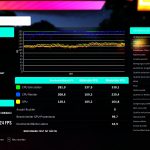
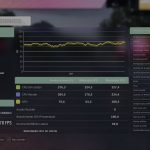
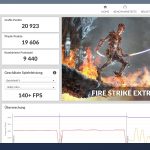

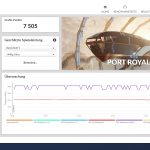
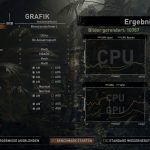
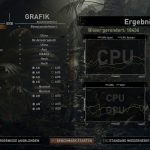
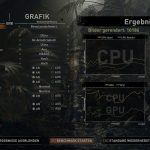
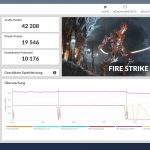
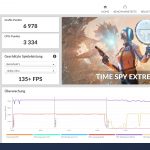
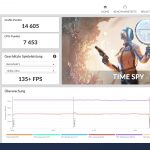
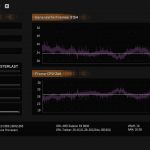
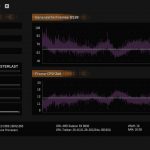
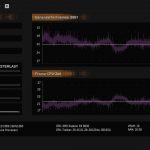


















Kommentieren